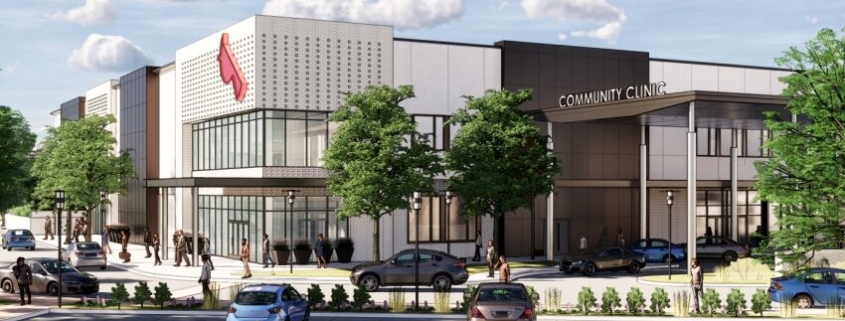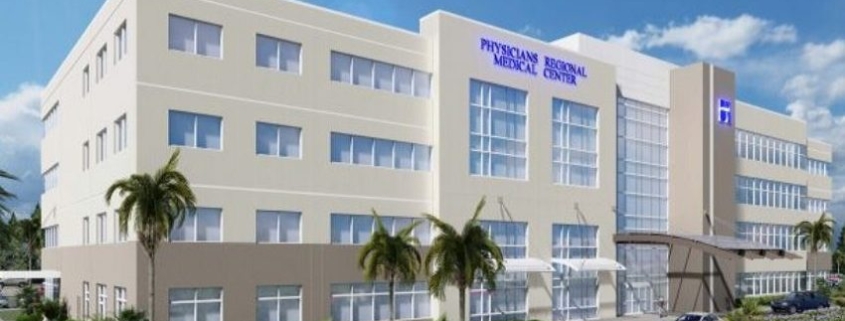Healthcare Mergers: Expecting More In 2024
Even with some high-profile hospital deals taking place in the first half of the year, merger activity across the broader healthcare industry has slowed a bit.
And KPMG is projecting that healthcare mergers and acquisition activity may be a bit more subdued for the remainder of the year. In the first half of 2023, there were 245 healthcare mergers, a 7% drop from the first six months of 2022, according to a report from KPMG.
“The pace of healthcare deals may not pick up more steam until 2024,” says Ross Nelson, KPMG’s national healthcare strategy leader for the provider and payer sectors. “We do think it’s going to pick up soon. I don’t know the exact date, but we’re hopeful that calendar year ’24 is certainly going to be more robust than the calendar year ’23.”
There have been some big healthcare transactions taking place in the beginning of the year, including CVS buying Oak Street Health in a $10.6 billion deal. UnitedHealth is purchasing Amedisys, the home health and hospice provider, in a $3.3 billion transaction. TPG and AmerisourceBergen completed a $2.1 billion deal to acquire OneOncology, a network of cancer practices.
Hospital merger activity is on the rise, and some analysts expect that to continue. In a deal that gained widespread attention, Kaiser Permanente agreed to acquire Geisinger Health, the Pennsylvania system. BJC HealthCare of St. Louis and Saint Luke’s Health System of Kansas City announced May 31 that they plan to merge and form an integrated academic health system. Aspirus Health, a Wisconsin-based system, and St. Luke’s of Duluth, Minn., said in July they plan to come together.
Headwinds And Tailwinds
Even with some big deals that have been announced, Nelson says a number of factors have slowed down some merger activity in the broader healthcare industry.
“The headwinds include higher interest rates, and if the Federal Reserve continues to raise interest rates, some organizations could wait before pursuing M&A plans,” Nelson says.
The Federal Reserve has raised its benchmark interest rate 11 times in the last 17 months, and it’s unclear if other hikes are coming, the Associated Press reports.
“If the nation moves into a recession, then that would likely cool healthcare merger activity,” Nelson says. “Some organizations are paying closer attention to heightened scrutiny from regulators, Nelson says. In some cases, the Federal Trade Commission has been vocal in opposing mergers and acquisitions involving health systems in the same market, drawing criticism from some in the hospital industry.”
Some hospitals have explored mergers with systems in other states to skirt regulatory concerns about the consolidation of providers in the same market. UnityPoint Health and Presbyterian Healthcare Services said in March that they are exploring a merger, potentially creating an organization with more than 40 hospitals. UnityPoint operates hospitals in Iowa, Illinois and Wisconsin, while Presbyterian serves New Mexico.
“I think folks are looking at deals in other markets because they feel like often, the deals within their markets are having a tough time getting done,” Nelson says. “Even with deals involving organizations in different markets, regulators are taking a closer look.”
Nelson expects to see more hospitals teaming with other health systems or other partners on certain service lines to keep patients in their network.
“With hospitals that have assets that may not be as profitable as they should be, they may look for partners that might unlock revenue or cost synergies and they can share in the cumulative or combined bottom line,” Nelson says.
KPMG expects some of the economic pressures on merger activity to ease, leading to some increased deal-making.
“There is a lot of money on the sidelines that needs to be deployed,” Nelson says.
Some health systems could be looking at selling some hospitals in markets where they don’t have a commanding presence. Steward Health Care agreed to sell five hospitals in Utah to CommonSpirit Health earlier this year. In June, Ascension agreed to transfer Our Lady of Lourdes Memorial Hospital in Binghamton, N.Y., along with its physician practices, to the Guthrie Clinic of Sayre, Pa.
‘Unlock Value Creation’
As more care shifts outside the hospital, organizations could be looking to acquire more outpatient and ambulatory surgical centers. Investors could find opportunities in markets where the bulk of services are still being done inside the hospital, KPMG projects.
“Healthcare organizations considering mergers and acquisitions should think strategically,” Nelson says. “I think they should be continuously giving their portfolio a review of what’s kind of a core and non-core asset, or a performing or non-performing asset, within the existing portfolio.”
Organizations should stay disciplined about the thesis of their deals and valuations.
“You’ll get your chance to buy the right asset at the right price,” Nelson says. “For those that are buying assets, I would constantly look at how to unlock value creation or continue do integration activities to unlock as much synergies and value as possible.”
Anu Singh, managing director and leader of partnerships, mergers and acquisitions at Kaufman Hall, told Chief Healthcare Executive in July that he expects to see more hospitals making deals in the months ahead.
“There are organizations that are looking for complementary resources and capabilities … there are ones in the middle who have maybe some increased concerns about their long-term viability of remaining independent,” Singh said.
Source: Chief Healthcare Executive




